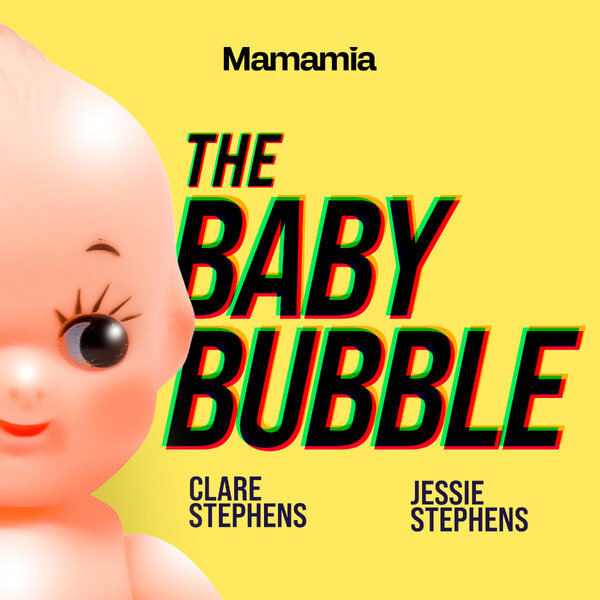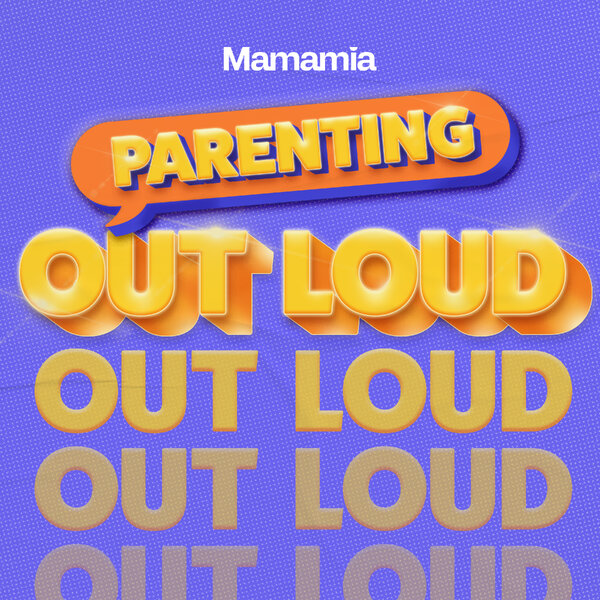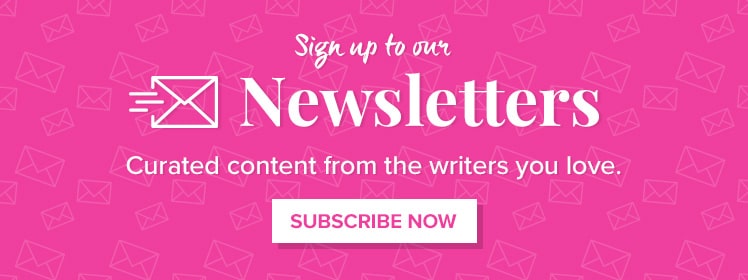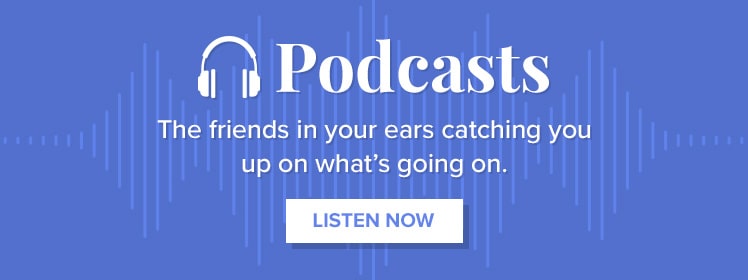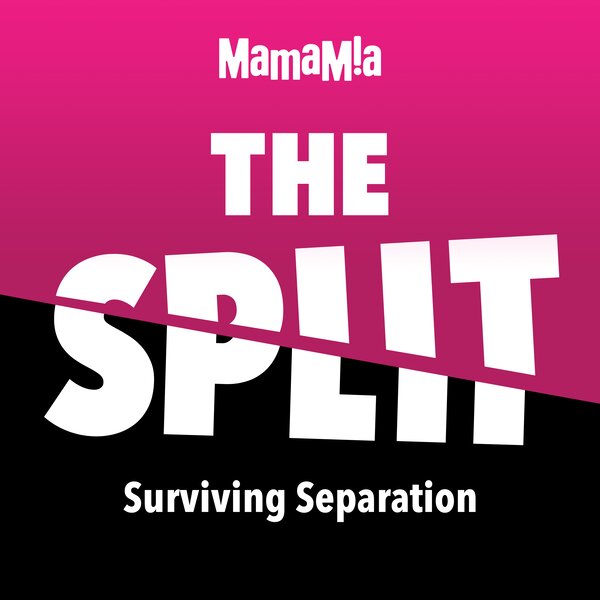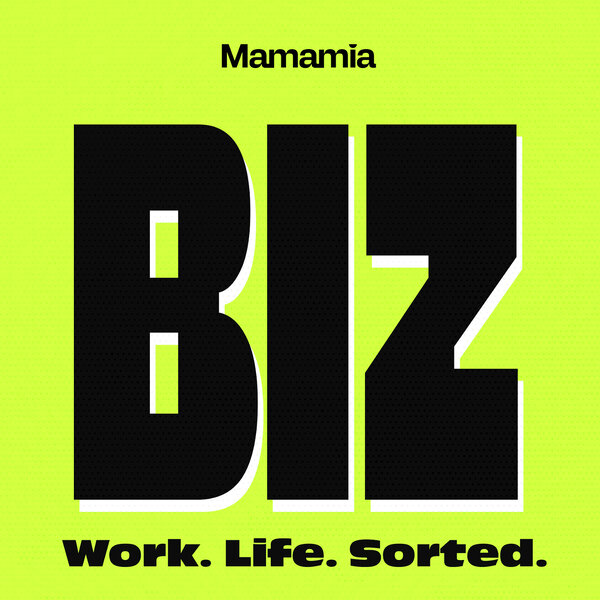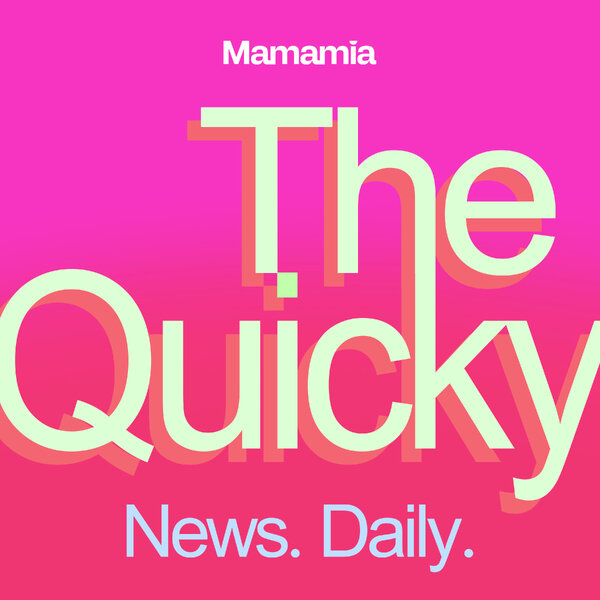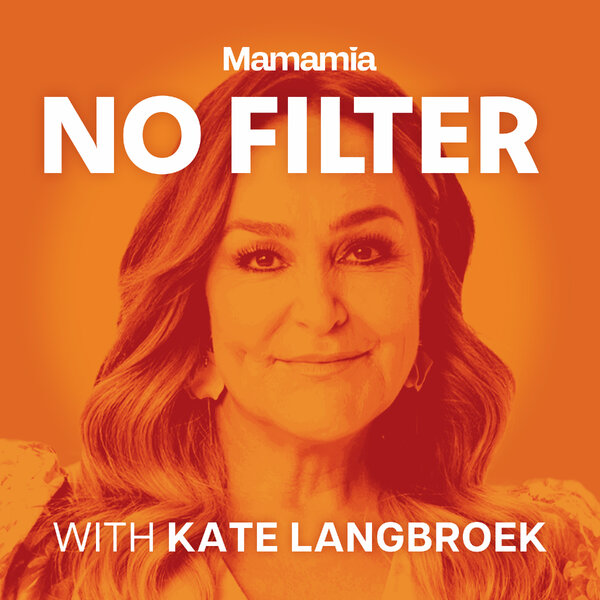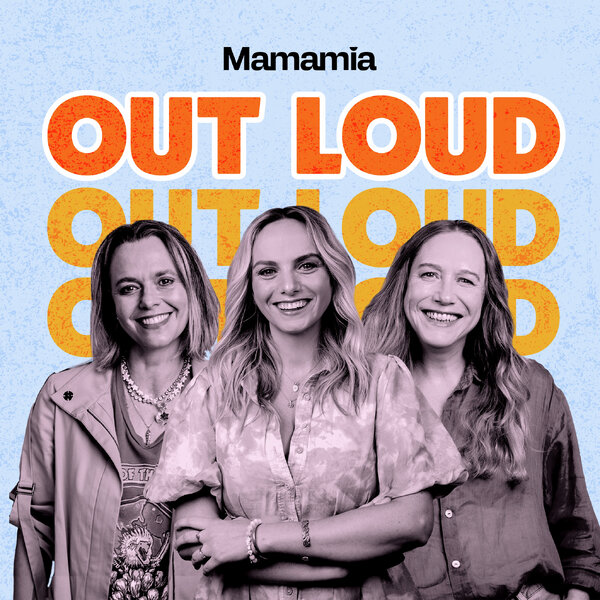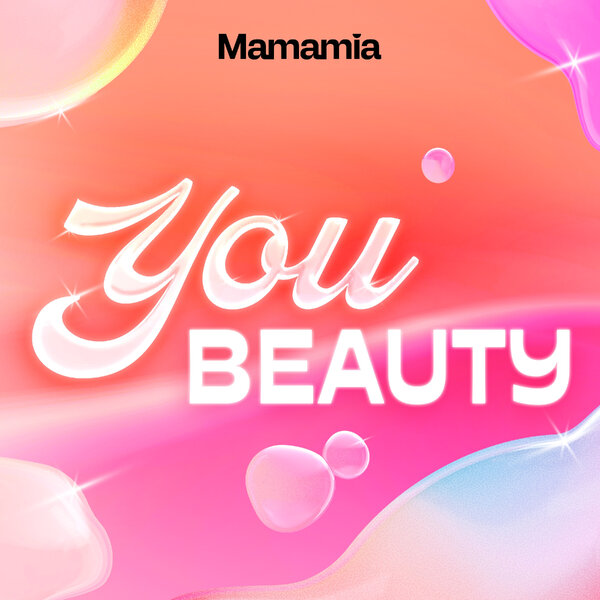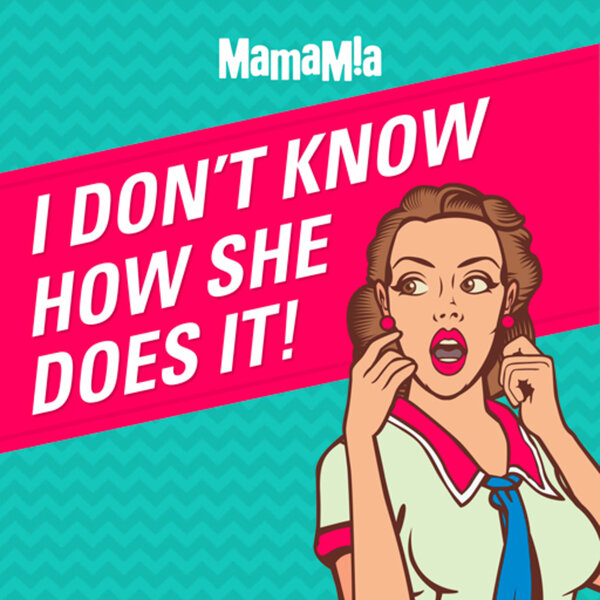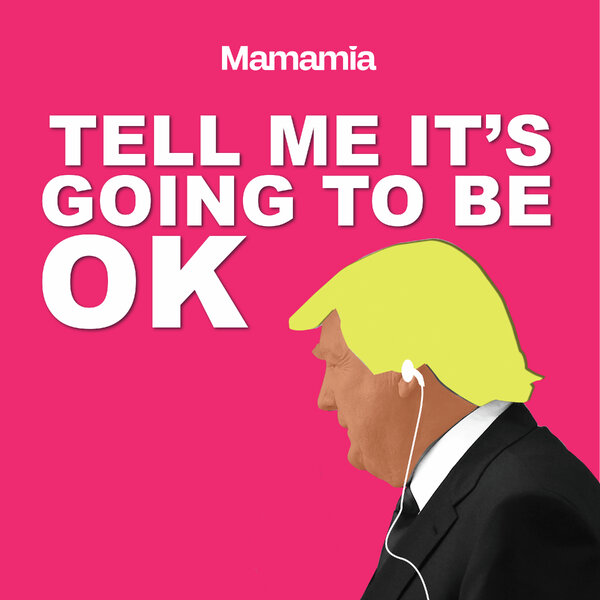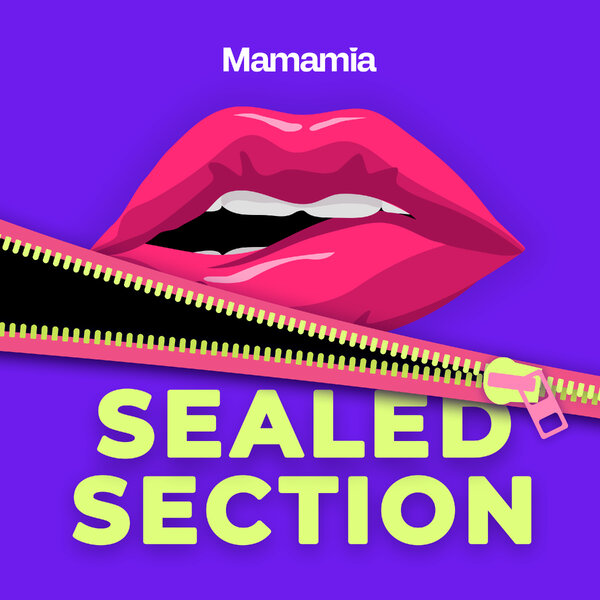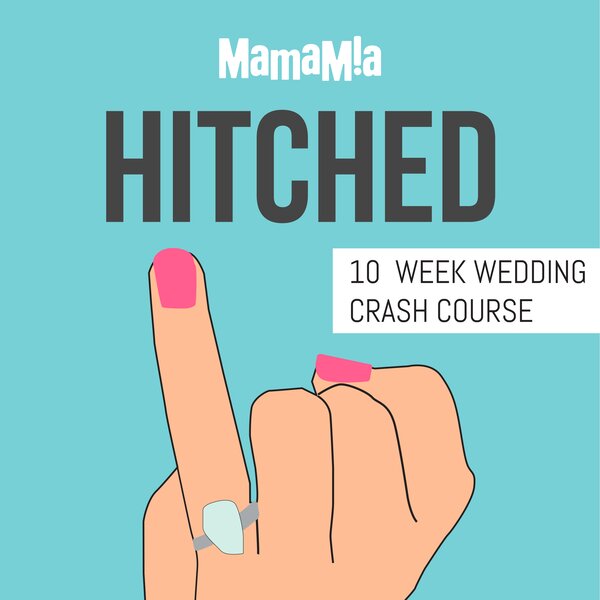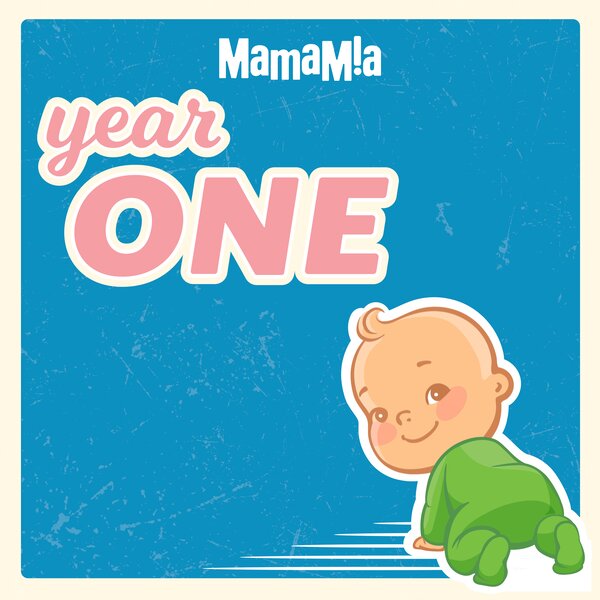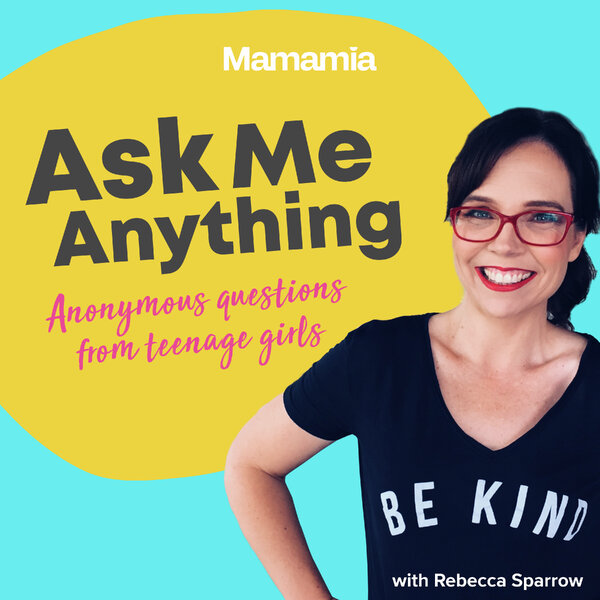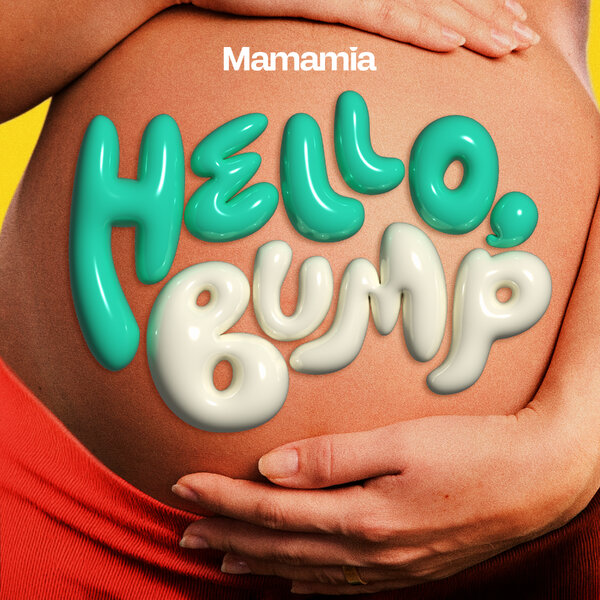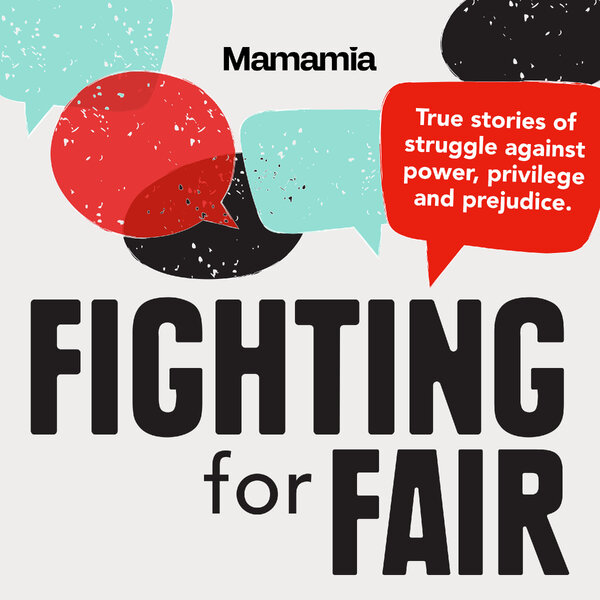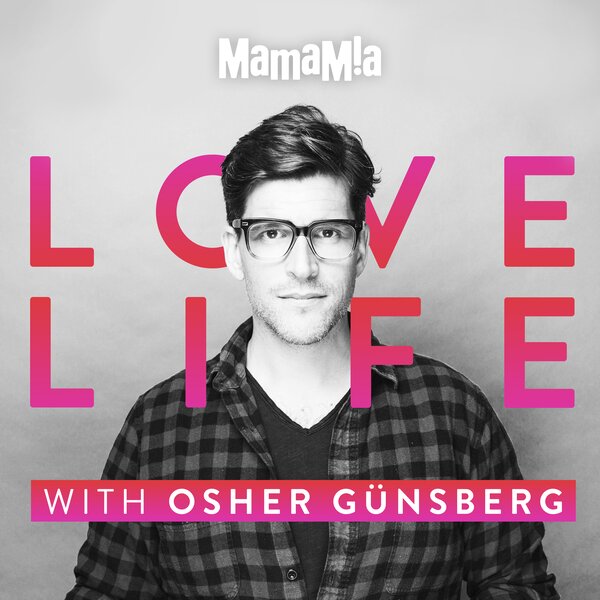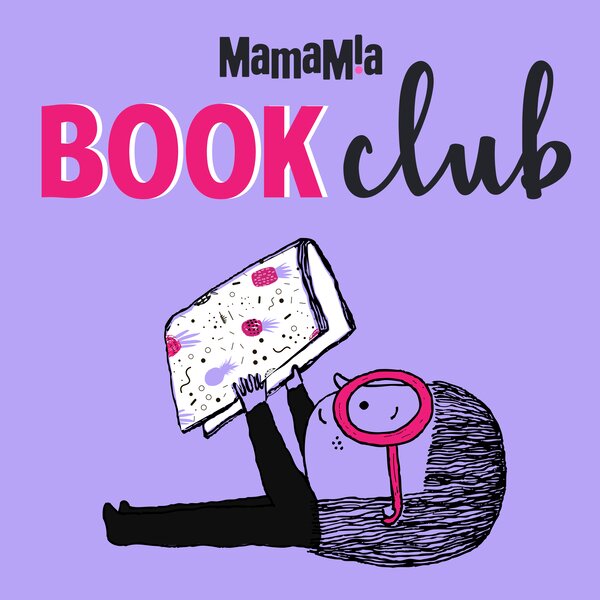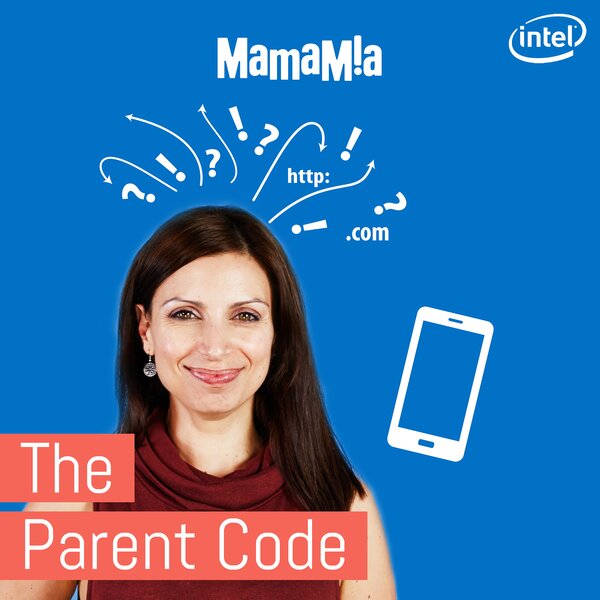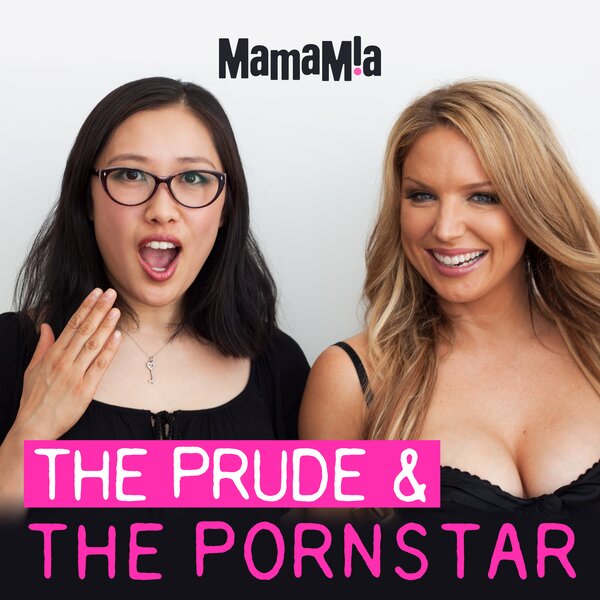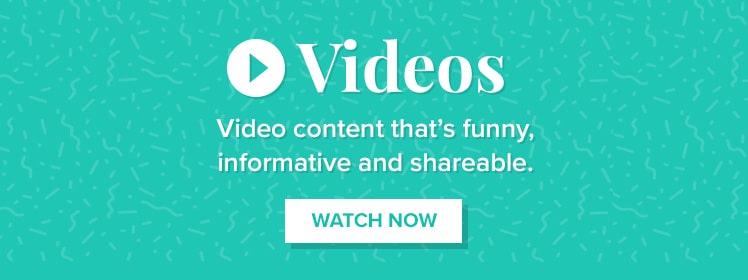In the first few days after my son was born, I couldn’t shake the feeling I’d let him down in some way. I was happy, don’t get me wrong, we were both alive and doing OK. I was having the most wonderful time getting to know him. But in those moments as I lay down to try and sleep, I would replay the birth in my mind, looking at all the little moments I should have done something differently; I could have pushed harder, or called the hospital earlier, bounced for longer on the fit ball, or sat another 20 minutes inverted off the couch to make his entry into the world a little calmer, a little safer.
It all happened so fast.
I’d been classified as a high-risk birth from the start. This was the first pregnancy to stick around after a number of miscarriages due to a diagnosed clotting disorder. It was a medical pregnancy. A pregnancy of doctors, scans, fear and isolation. I didn’t feel I could really talk properly about pregnancy with others. I couldn’t handle being told ‘not to worry’. People tried to understand, but they spoke of pregnancy in such a foreign way to my experience that I just stopped discussing it. We simply weren’t going through the same thing.
To make matters worse, for 36 weeks our baby had been positioned transverse across my body. I tried to move the baby. I bounced for hours on the fit ball. I crawled in our garden. I climbed backward over the couch. I went to a chiropractor. Nothing helped. In the end, I booked in for an External Cephalic Version, an ECV.
Listen to the first episode of Mamamia’s pregnancy podcast Hello, Bump, where one woman takes us through her agonising pregnancy struggle. Post continues after audio.
